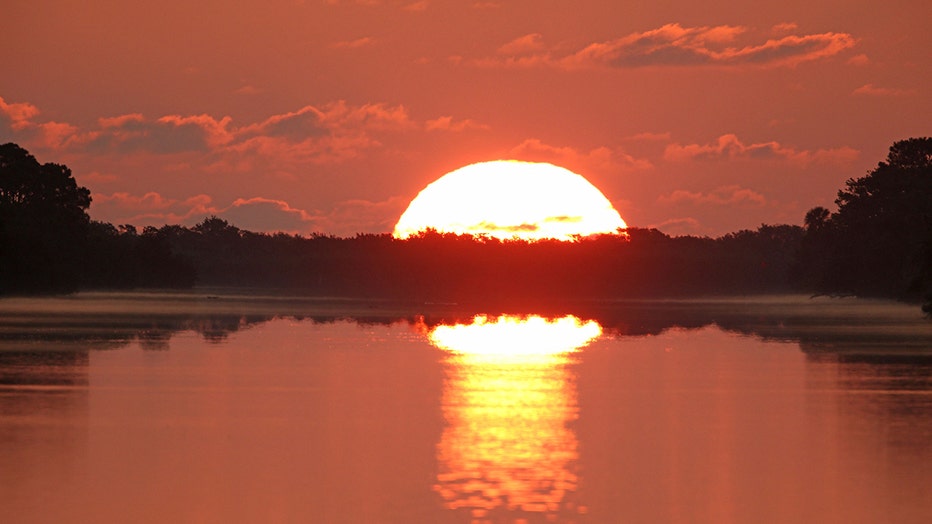Here's how much hotter your summers could get by 2060 and 2100

UN report finds further warming 'locked in' on climate change
The Intergovernmental Panel on Climate Change said in the August 2021 report that humans have unequivocally contributed a great amount to the crisis.
Summers have been heating up for decades, and a new report reveals that they may only get hotter.
Climate Central sought to analyze how much hotter 247 major U.S. cities could become if heat-trapping pollution — mainly from burning coal, oil, and gas — continued at high levels.
For each city, Climate Central used the latest climate model projections to calculate how summer high temperatures could change during each decade between 2060 and 2100. Each city’s projected future temperatures were then matched to cities that currently experience similar conditions.
US cities will continue to heat up
By the numbers:
With high levels of heat-trapping pollution, future summer high temperatures in U.S. cities would heat up by an average of 3.6°F by 2060 and 7.9°F by 2100, according to the new data.
For 16 U.S. cities, there was no equivalent in North America to how hot they'd be in 2100. Their future summers were more similar to current conditions in Pakistan (e.g., Houston), the Middle East (e.g., Phoenix, Austin, and Las Vegas) and North Africa (e.g., Bryan, Texas).
South Dakota city projected to warm the most
According to the data, Mitchell, South Dakota was projected to warm the most by 2100 (11.1°F), when it would feel more like Wichita Falls, Texas.
The five largest U.S. cities — with a combined population of over 19 million — were projected to experience the following shifts by 2100:
New York is projected to warm by 7.6 °F, with summers more like present-day Columbia, S.C.
Los Angeles is projected to warm by 5.8 °F, with summers more like present-day Túxpam de Rodríguez Cano, Mexico.
Chicago is projected to warm by 9.1 °F, with summers more like present-day Montgomery, Ala.
Houston is projected to warm by 6.4 °F, with summers more like present-day Lahore, Pakistan.
Phoenix is projected to warm by 7.2 °F, with summers more like present-day Al Mubarraz, Saudi Arabia.
Summers continue to get hotter
Dig deeper:
Rising levels of carbon pollution have been causing summers to heat up for decades. The season has warmed since 1970 in 97% of 242 U.S. cities analyzed by Climate Central.
As summers get hotter, extreme heat occurs more often and becomes a growing health risk.

The sun rises along the Turning Basin at NASA's Kennedy Space Center in Cape Canaveral, Florida, on May 21, 2023. (Credit: GREGG NEWTON/AFP via Getty Images)
Exposure to extreme heat makes it difficult for our bodies to cool off, resulting in heat-related illnesses including heat cramps, heat exhaustion, and even fatal medical emergencies such as heat stroke.
Excessive heat is the leading cause of weather-related deaths in the U.S. In 2023, a record 2,325 people died from heat in the U.S. alone.
RELATED: NOAA nominee questioned on weather warnings after deadly Texas floods
Summer heat can also worsen air quality by trapping harmful pollutants close to the Earth’s surface and fueling the formation of ground-level ozone. These pollutants can worsen respiratory health issues in people with asthma and other lung diseases.
The Source: The information for this story was provided by a new report by Climate Central published on July 9, 2025. This story was reported from Los Angeles.

